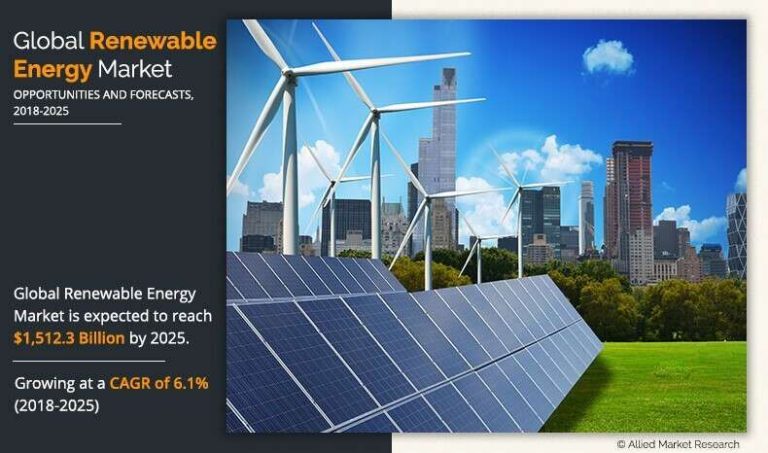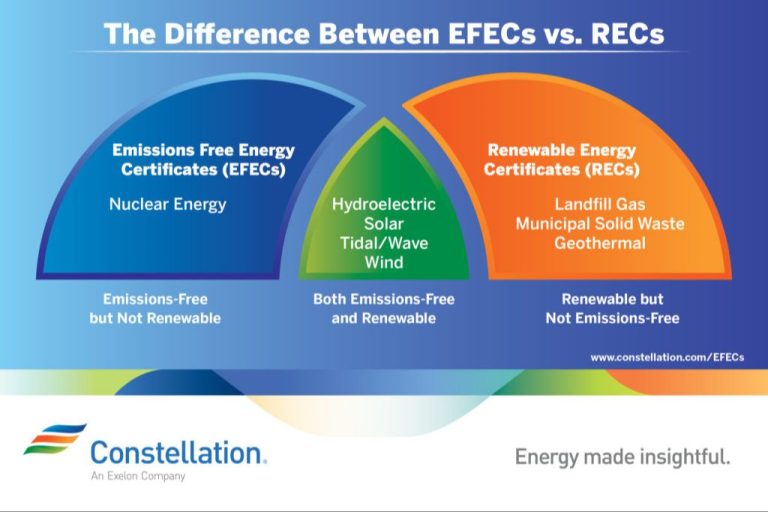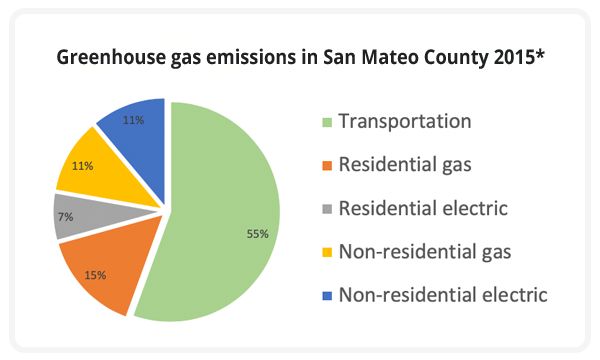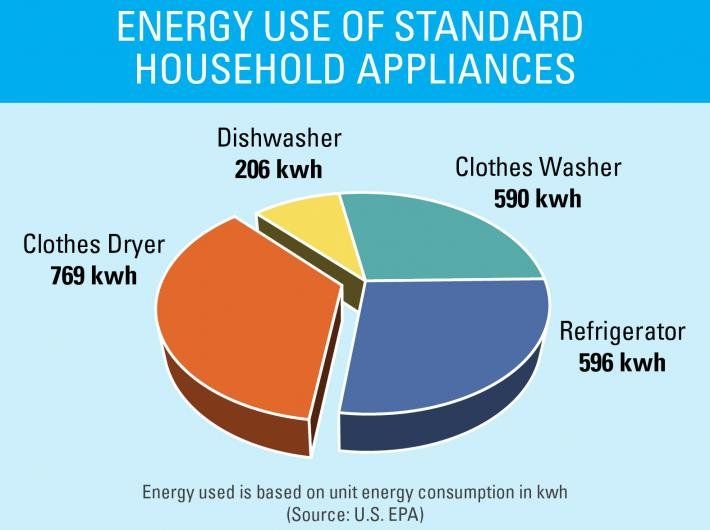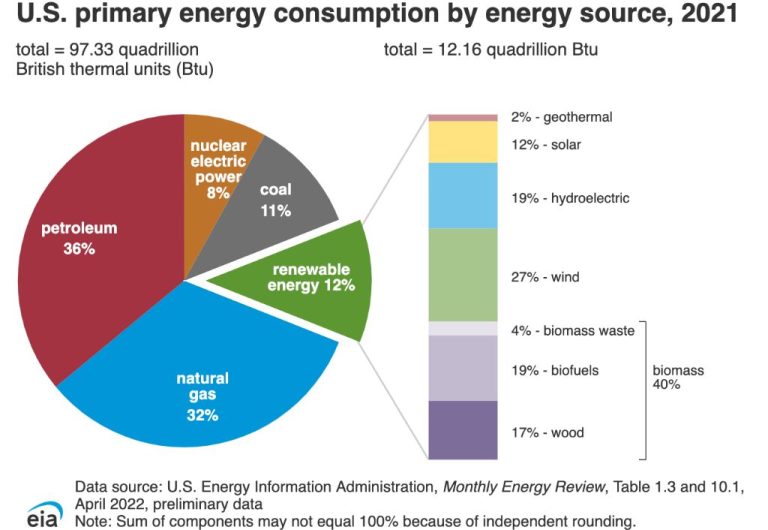Is Mechanical Energy Associated With The Motion Position?
Mechanical energy is the energy associated with the motion and position of objects. It refers to the ability of an object to do work based on its motion or position. Mechanical energy comes in two main forms:
- Kinetic energy – the energy an object has due to its motion
- Potential energy – the energy an object has due to its position or shape
The mechanical energy of an object is the sum of its kinetic and potential energies. An object’s motion and position are closely tied to its mechanical energy. For example, a ball at rest on the ground has no motion so its kinetic energy is zero, but it has potential energy due to its position above the ground. A moving ball has kinetic energy due to its motion, but may also have potential energy depending on its position.
The principle of conservation of mechanical energy states that in an isolated system without an external force, the total mechanical energy remains constant. This means that the kinetic and potential energies within a system can convert between each other, but the total amount of mechanical energy stays the same.
In summary, mechanical energy arises from both the motion and position of objects. Understanding the relationship between an object’s motion, position, kinetic energy, and potential energy is key to understanding mechanical energy.
Kinetic Energy
Kinetic energy is the energy associated with motion. An object that has motion – whether it is vertical or horizontal motion – has kinetic energy. The faster the object moves, the more kinetic energy it possesses. Kinetic energy is directly proportional to the object’s mass and the square of its velocity. This relationship can be represented in the following equation:
Kinetic Energy = 1/2 x mass x velocity^2
For example, imagine a car moving down the highway at 60 mph. It has a certain kinetic energy based on its large mass and high velocity. Now, if the car speeds up to 120 mph, its kinetic energy is quadrupled! This is because the velocity term is squared in the kinetic energy equation. Doubling the velocity from 60 to 120 results in the velocity term becoming 4 times larger. This demonstrates how kinetic energy increases dramatically with speed.
Kinetic energy is a form of mechanical energy. It is the energy possessed by an object due to its motion. Understanding kinetic energy allows us to apply physics concepts to real world situations involving moving objects, ranging from vehicles to roller coasters to particles. Kinetic energy is directly connected to an object’s velocity and knowing how to calculate it is key to analyzing mechanical systems.
Potential Energy
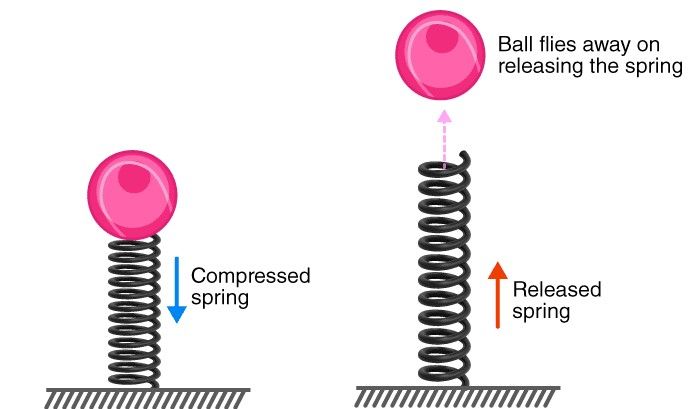
Potential energy is the energy stored in an object due to its position or configuration. For example, a ball held at a height above the ground has potential energy due to gravity acting upon its mass. As the ball falls, this potential energy gets converted to kinetic energy, which is the energy of motion.
There are several types of potential energy:
- Gravitational potential energy – depends on the height of an object
- Elastic potential energy – depends on how much an elastic object is stretched or compressed
- Chemical potential energy – depends on the configuration of atoms and molecules
Potential energy can be contrasted with kinetic energy, which is the energy of an object in motion. Potential energy is energy at rest, stored within an object due to its position or structure. This stored energy can be released and turned into kinetic energy.
A compressed spring, for example, contains elastic potential energy. When released, this potential energy is converted into kinetic energy as the spring decompresses and moves. Hydroelectric dams use gravitational potential energy from water held at height to generate electricity. Overall, potential energy depends on an object’s position within a force field.
Conservation of Mechanical Energy
One of the most important laws in physics is the conservation of energy. This states that within a closed or isolated system, the total amount of energy remains constant. Energy cannot be created or destroyed, only transformed from one form to another.
This law applies to mechanical energy as well. Mechanical energy is the sum of kinetic energy and potential energy in a system. Kinetic energy is the energy associated with motion while potential energy is stored energy due to an object’s position. In an isolated system with no outside forces acting on it, the amount of mechanical energy will remain fixed, though the kinetic and potential energies within the system can fluctuate.
For example, consider a pendulum swinging back and forth. At the highest point of its arc, it has maximum potential energy and no kinetic energy. As it swings downward it gains kinetic energy while losing potential energy. At the lowest point, it has maximum kinetic and minimal potential energy. The mechanical energy remains constant, however – it is just transformed between potential and kinetic forms over the course of the pendulum’s swing.
This conservation of mechanical energy is a critical concept in physics. It allows us to analyze mechanical systems without having to account for energy losses or gains from external forces. As long as a system is isolated, the total initial mechanical energy will equal the total final mechanical energy, regardless of how it is divided between potential and kinetic components.
Mechanical Energy In Motion
When an object is moving, it possesses kinetic energy, which is the energy associated with its motion. The faster the object moves, the greater its kinetic energy. For example, a car moving at 60 mph has more kinetic energy than the same car moving at 30 mph.
As an object gains kinetic energy through increased velocity, it loses stored or potential energy. Potential energy is the energy an object has due to its position or shape. For instance, a ball held at a height above the ground has potential energy due to gravity. As the ball falls, this potential energy gets converted to kinetic energy, and the ball speeds up.
So in summary, as an object begins moving, its kinetic energy increases while its potential energy decreases. More kinetic energy means faster motion, while less potential energy means the object loses its stored energy as it moves. This transfer between potential and kinetic energy continues until the object comes to rest.
Mechanical Energy at Rest
An object that is not moving has no kinetic energy, but it does have potential energy associated with its position. For example, a ball sitting at the top of a ramp has gravitational potential energy because of its vertical height above the ground. When the ball is released and rolls down the ramp, this potential energy gets converted into kinetic energy associated with the motion of the ball. However, at any instant when the ball is not moving along the ramp, it has zero kinetic energy – all of its mechanical energy is in the form of potential energy only.
This demonstrates a key characteristic of potential energy – it exists by virtue of an object’s position or configuration, even when no motion is occurring. Objects at rest by definition have a velocity of zero, so they have no kinetic energy. But they still have the potential to gain kinetic energy in the future if they are allowed to move. Consider a compressed spring – when stationary, it has elastic potential energy that can be released to do work. The mechanical energy due to position exists whether the object is moving or not.
Real World Examples
Mechanical energy is abundant in the world around us. Here are some common real world examples:
Pendulums
A pendulum has both kinetic and potential energy. At the lowest point of its swing, it has maximum kinetic energy and minimum potential energy. At the highest point of its swing, it has minimum kinetic energy and maximum potential energy. The total mechanical energy remains constant if we ignore frictional losses.
Springs
A compressed or stretched spring exhibits potential energy. When released, the potential energy gets converted to kinetic energy as the spring starts oscillating. The total mechanical energy is conserved between the potential energy stored in the spring and the kinetic energy of motion.
Roller Coasters
The changing potential and kinetic energy is what makes roller coaster rides exciting. At the top of a hill, the roller coaster train has maximum potential energy. As it goes down, this potential energy gets converted to kinetic energy, making it move faster. The conversions between potential and kinetic energy continue throughout the ride.
Common Misconceptions
When learning about mechanical energy, there are a few common misconceptions that students often have:
Motion vs. Position
Some think that mechanical energy is only associated with motion. While kinetic energy does rely on motion, potential energy relies on position. An object at rest can still have potential energy due to its position.
Loss vs. Transfer of Energy
It’s easy to think that mechanical energy is “lost” when motion decreases. However, the mechanical energy is simply being transferred into another form, like thermal energy. The total mechanical energy in a closed system remains constant, even as kinetic and potential energies transfer between different objects.
Understanding these key differences can help correct misunderstandings about how mechanical energy relates to motion and position.
Review and Summary
To summarize what we have covered about mechanical energy, motion, and position:
Mechanical energy is the energy associated with the motion and position of an object. It comes in two main forms – kinetic energy and potential energy.
Kinetic energy is energy associated with motion. An object that is moving has kinetic energy. The faster it moves, the more kinetic energy it has.
Potential energy is energy associated with position or configuration. For example, a ball held at a height above the ground has potential energy due to its position. As it falls, this potential energy gets converted to kinetic energy.
The mechanical energy of an isolated system remains constant. Energy can transformed between kinetic and potential, but the total mechanical energy is conserved. This is known as the conservation of mechanical energy.
In summary, mechanical energy depends on both the motion and position of an object. Kinetic energy is related to motion while potential energy is related to position. The total mechanical energy remains constant as these two forms are converted into one another.
Conclusion
In conclusion, mechanical energy is closely associated with both motion and position. Kinetic energy involves the motion of objects, representing the energy of movement. Potential energy relates to the position or configuration of objects within a force field. The law of conservation of mechanical energy states that the total mechanical energy within a closed system remains constant, though it can transform between kinetic and potential forms. Real world examples, like a rollercoaster ride or a pendulum swing, demonstrate these principles in action. While motion and position may seem distinct at first glance, they are intrinsically linked within the concept of mechanical energy.

